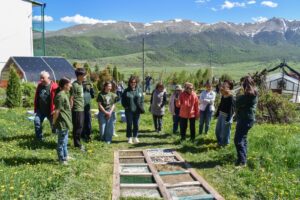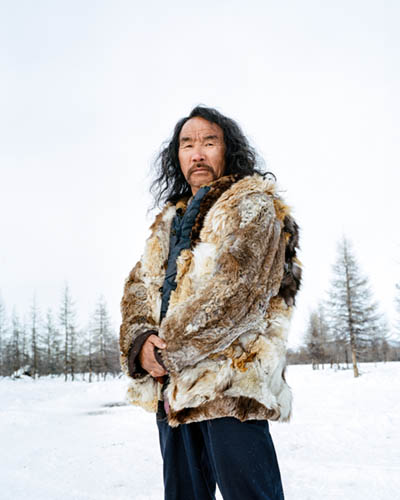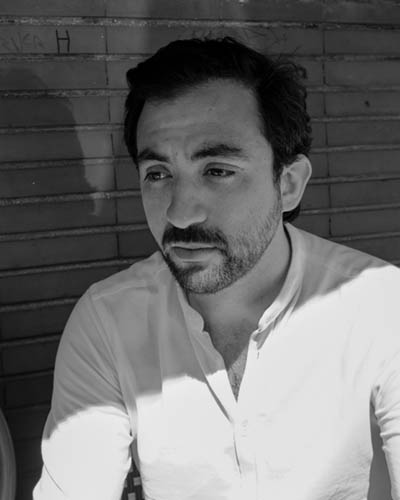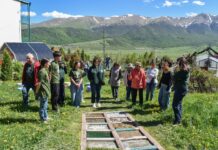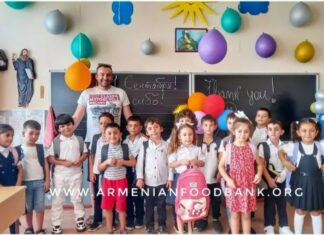YEREVAN/PARIS — Photographer and director Alexis Pazoumian was born in 1988, in Paris. He graduated from a graphic school in 2012, and now specializes in documenting communities living on the margins of society. Pazoumian’s works have been shown in group shows internationally – Los Angeles, Bratislava, Paris, Lyon, Kuala Lumpur, Melbourne, Vancouver, and Zurich and he was a finalist in several competitions: Fondation lagardère, Paris Match Emerging Talent Awards, Life Framer, Foto filmic, Lucie Foundation, Off Festival of Bratislava and he was the winner of the Hip Award in 2020 for his book Sacha. His work was featured in numerous publications worldwide including the Washington Post, The Guardian, National Géographic, Der Spiegel, Vanity Fair, Télérama, Grazia, Vogue, NZZ and Libération.
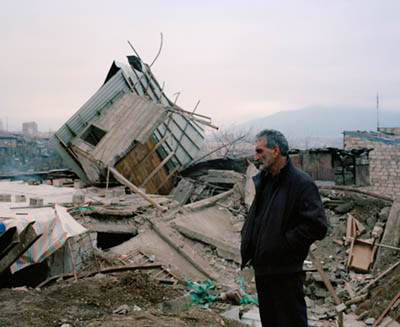
In 2018, he published his first book, Faubourg Treme, about the daily lives of residents of Treme, the legendary district of New Orleans, the birthplace of African-American culture. The same year, he produced a TV advertisement internationally for Action Against Hunger and his first short film Mineur is finalist at the Nikon film festival.
Dear Alexis, in the 21st century, photography became something everybody could do, yet being a professional photographer is totally different.
Indeed, today everyone can take pictures. But being a professional photographer requires years of work, research and reflection. Photography is not simply taking beautiful pictures separately; it is knowing how to unite images to make a whole and tell a coherent story. It requires a huge amount of work in editing and experience.
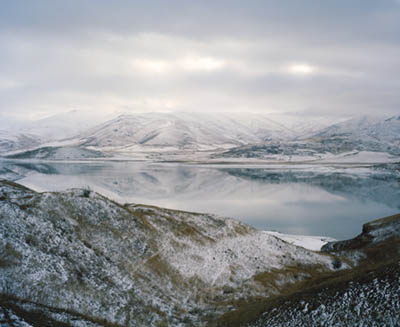
Do you take photos with cellphone? Do you think photos done with new technologies can have the same effect as the photos done with professional camera?
I take pictures with my cell phone only for location scouting for movies, but never in a professional way, and a portable camera will never replace a professional one, especially since I work mainly with film, so I think it will be impossible to find this rendering with a cellphone.
